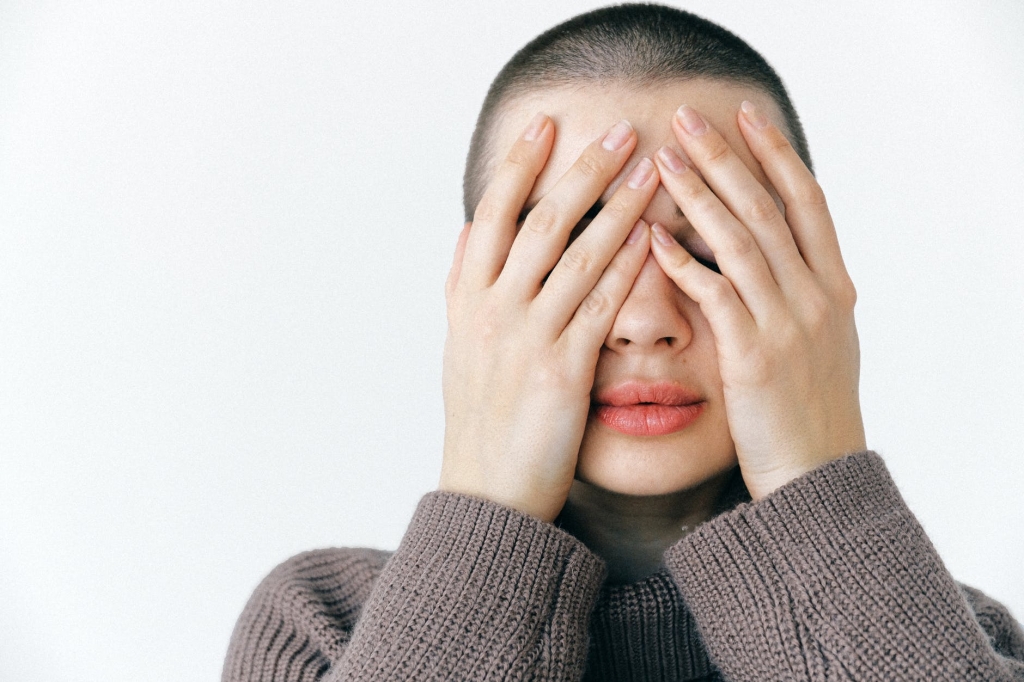7 Ways to Take Care of Yourself When You Have a Panic Disorder

Living with a panic disorder often means dealing with feelings of anxiety, the symptoms of panic attacks, and fearful thoughts.
The idea of taking care of yourself may hardly, if ever, cross your mind as you try to manage a panic disorder along with your day-to-day responsibilities. However, taking time out for self-care will assist you in coping with the symptoms in the long run and creating a healthy lifestyle that may help you ward off relapse.
Read on to discover 7 simple ways to take care of yourself if you have a panic disorder:
Follow Through with Your Treatment Plan
When meeting with your mental health provider, they will create a treatment plan with you to outline your goals and steps towards achieving your objectives. For example, one goal may be to manage your panic attacks more effectively. Objectives for reaching this goal can include medication management, developing relaxation techniques, and attending regularly scheduled therapy sessions. Following through with this treatment plan will help you achieve and maintain a healthy recovery.
Through treatment over time, you may begin to feel that you have your panic disorder symptoms under control. Your new sense of security may influence you to relax a little about your self-care needs and treatment management. However, missing therapy sessions, not taking your medications for your panic disorder as prescribed or ignoring self-care needs can lead to a relapse. Even if your treatment has ended, it is important to maintain your success after treatment by taking care of yourself.
Get Enough Sleep
Many panic disorder sufferers struggle to fall and stay asleep throughout the night. Worrisome thoughts, fears, and anxiety can be keeping you from getting adequate rest. However, lack of quality sleep can potentially trigger panic disorder symptoms.
To get enough rest, try to keep consistent sleep hours and follow proper sleep hygiene. If you find it difficult to get enough sleep, consult your doctor to discuss the possibility of a sleep disorder and treatment options.
Practice Good Nutrition
Getting proper nutrition is an important part of taking care of yourself. Your nutrition can also impact your panic disorder symptoms. Consuming large quantities of certain foods and substances, such as caffeine and alcohol, can negatively impact your symptoms. Such substances can potentially increase your feelings of anxiety, exacerbate your panic attack symptoms, and prevent you from getting enough sleep. Make proper nutrition a priority of your self-care plan and discuss your diet with your doctor or nutritionist.
Participate in Physical Exercise
Research has shown that engaging in regular physical exercise can reduce the physical tension caused by stress, increase energy levels, enhance mood, and boost self-esteem. Physical exercise may also be able to reduce some of your panic disorder symptoms, including anxiety and panic attacks. 
Keep in mind that getting more exercise does not necessarily involve going to the gym. You can get the exercise you need by participating in activities you enjoy, such as hiking, dancing, walking, or swimming. Have your doctor help you determine your fitness level and discuss which physical exercise options will work best for your lifestyle.
Pay Attention to Your Triggers
In order to successfully cope with a panic disorder, you will need to know your triggers. Your triggers are people, places, or situations that seem to aggravate your anxiety and other panic-related symptoms. For instance, you may experience more panic attacks and anxiety when your stress is high at work, after spending time with a draining friend, or during a time of transition. Not putting the time into your self-care needs, such as getting enough sleep, eating well, and exercising, can also be triggers to your symptoms.
If you are uncertain of what your triggers are, you can track them by keeping a panic attack diary. By consistently recording your panic attacks and life events, you will be able to notice if any patterns emerge. Tracking your symptoms can help you get a clearer idea of your triggers so that you will be better able to cope with them as they occur.
Build Supportive Connections
Panic disorder sufferers often feel the strain of loneliness and isolation. Many people with a panic disorder avoid others, often feeling that they cannot possibly understand what they are going through or are fearful of being judged by others. However, avoiding social connections can potentially contribute to low self-esteem and depression.
To build supportive connections, start reaching out to family and friends that you trust. You can always find people who share similar interests, such as through volunteer work or joining a group for special interests, such as a book club or craft group. You may also want to consider joining a support group or online forum made up of those dealing with similar issues.
Spend Time Getting to Know Yourself
Making social connections can be a valuable part of taking care of yourself but getting to know yourself as an individual can also have its benefits. Journal writing can be one of the best tools to help you through self-discovery and understanding. You can write about how you spent your day, what you think about certain situations, or brainstorm ways to overcome your issues. Knowing yourself will clue you into your personal values, beliefs, strengths, and weaknesses. Putting the time aside to get to know yourself can enhance your feelings of self-worth and help you on your journey of life with panic disorder.
About the author: Ashlee Swenson is a professional writer at class help online service and happy dog owner. Besides, she is fond of Web design. In this case, she takes part in different conferences and presentations to get more knowledge and obtain experience.



